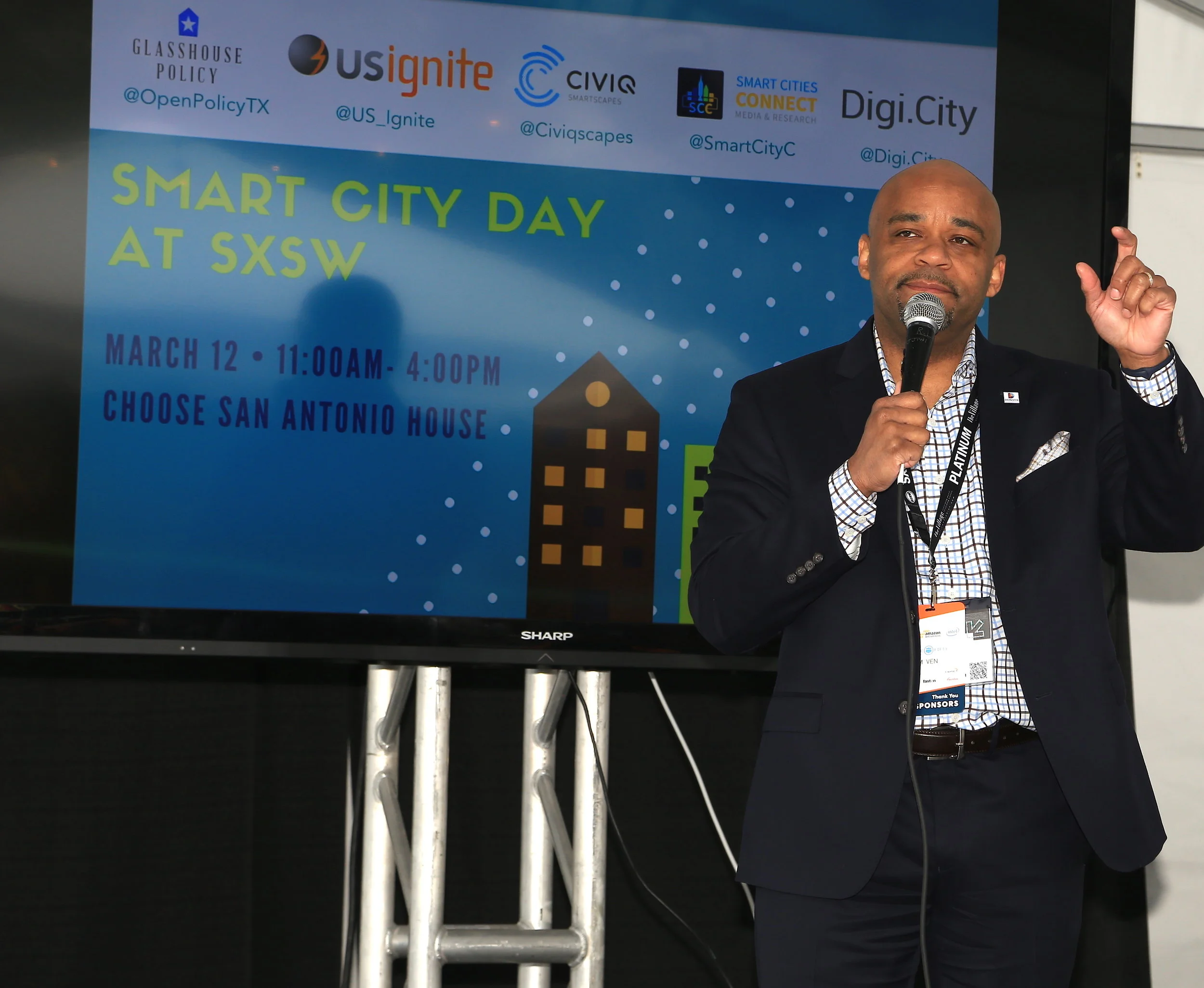The smart cities conversation is almost always dominated by large metropolitan areas. This makes sense since global trends show the world is becoming increasingly urban. But that narrative leaves out the growing importance of small and mid-sized U.S. cities. The U.S. census classifies areas as either urban (50,000+ people), urban clusters (between 2,500 and 50,000 people), or rural (everything else). According to the 2010 census, there are 497 urbanized areas and 3,104 urban clusters.
Read MoreKansas City has deemed itself the world’s most connected smart city — a moniker it deserves. In August of last year, I visited the city for the Gigabit City Summit, hosted by KC Digital Drive. I was blown away at the progress it had made on smart city projects.
Read MoreWhen it comes to economic metrics, the United States is used to being ranked #1. In 2016, the US Gross Domestic Product (GDP) was $18.6 trillion, seconded only by China at $11.2 trillion followed by Japan, Germany and the United Kingdom. If this premier position brings you comfort, it shouldn’t last long. These numbers measure the past – the production and manufacturing of a tangible product. However, technology moves our world in a different direction. It is less about production and more about the digital economy.
Read More“I am the most un-government person in the world,” says Mr. Chan Cheow Hoe who left a successful career with Citibank and Barclays to become theGovernment Chief Information Officer (CIO) and Deputy Chief Executive of Singapore’s GovTech. He oversees GovTech Hive, an innovative digital services agency created to develop deep technical capabilities within the public sector in order to meet the increasing demands of citizens and businesses.
Read MoreWhen you search online for images of a city, chances are you'll find pictures of buildings, roads, bridges and lights. It's natural to think of a city in terms of its physical infrastructure. But today, we are in the emergence of a new digital reality in which a city's invisible infrastructure is just as important as the physical.
Read MoreState policy can have a profound impact on smart cities by influencing priorities, establishing advanced infrastructure, and emphasizing regional initiatives that cross municipal boundaries. In Indiana, the state’s Technology and Innovation Council has a pulse on innovation and believes that IoT could accelerate the state’s innovation economy over the coming years.
The terms innovation and city government don't often find their way into the same sentence. City hall has traditionally been perceived as a place for political log jams, procedures, policies and paperwork. But with the advent of smart cities, all of that is beginning to change.
Read MoreSince the US Department of Transportation (DOT) issued the Smart City Challenge in 2016, US cities have been fast tracking their smart city efforts. Today, you see greater levels of activity on all fronts. There are more pilot projects activating, more collaborations forming, more organizations are hosting conferences, more people are writing articles. The volume of the conversation has increased and this is a positive step.
Read MoreWhat is a smart city? Like whispers in an art gallery alcove, we’ve heard the term wafting about. But not until our conversation with Chelsea Collier, did we feel like we could talk smart cities at a cocktail party without slurring words — not from inebriation but to keep others from guessing our spitballing on the topic might be more spit than ball. Collier has a background and love of futuristic tech, policy,
Read MoreWe used to live in silos where the role of certain sectors was clear. Companies provided products and services to generate a profit. Nonprofits and NGOs performed selfless act to save the world. Cities silently made the world run in ways that most of us never even noticed. With the advent of smart cities, things look quite different. Cities are now at the epicenter of the technology evolution with the integration of the Internet of Things (IoT), big data and connected technology.
Read MoreIt’s easy to look at some of the amazing smart city projects in Beijing, Barcelona or Amsterdam with a sense of awe. When you see technology integrated seamlessly into a city’s fabric, creating greater ease and efficiency for citizens, it almost looks easy.
Read More

















